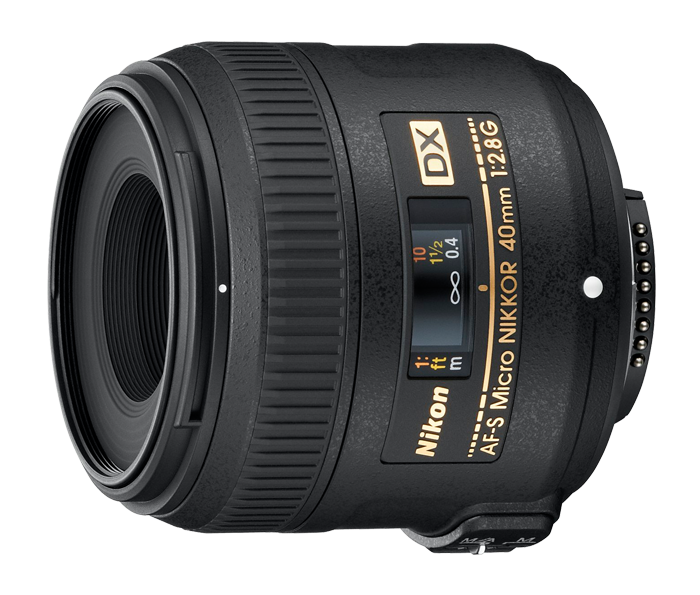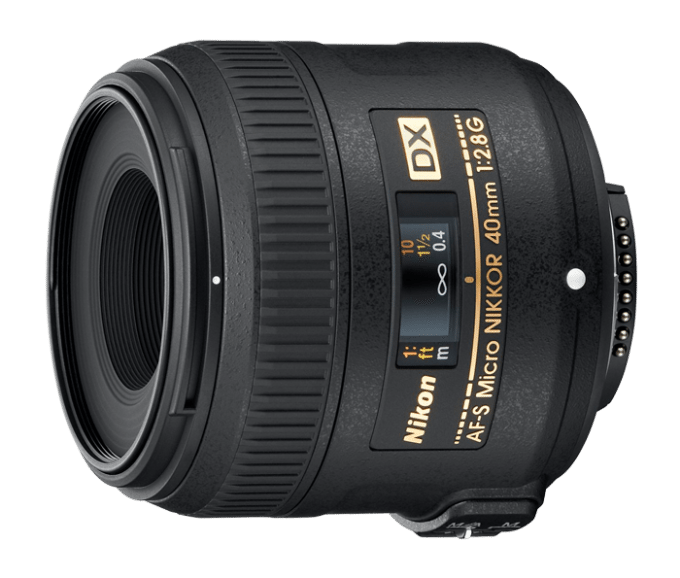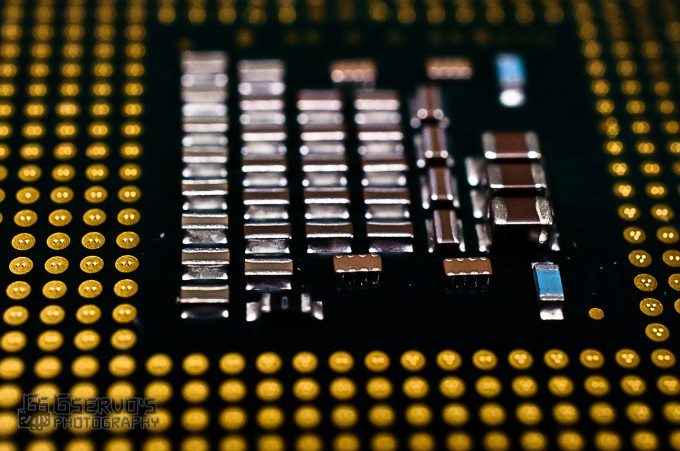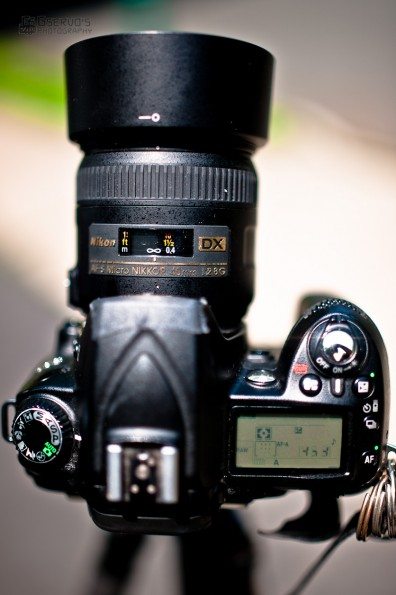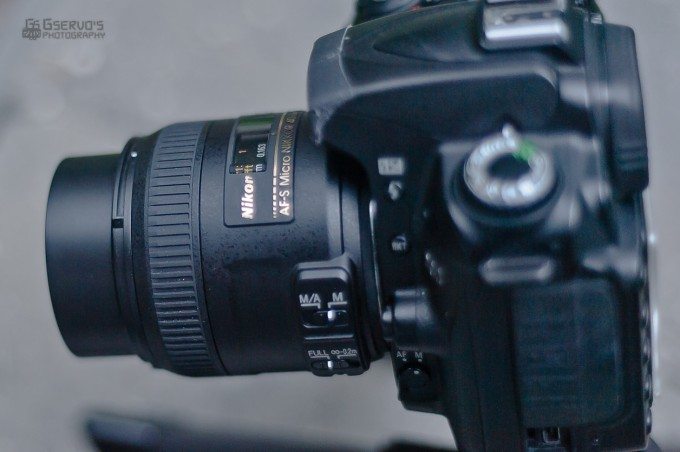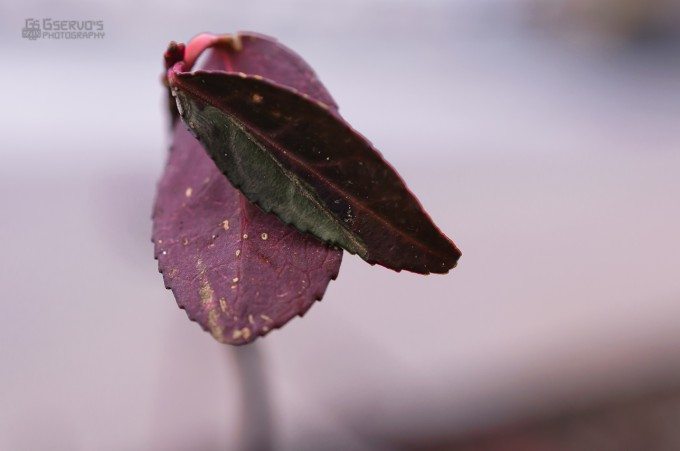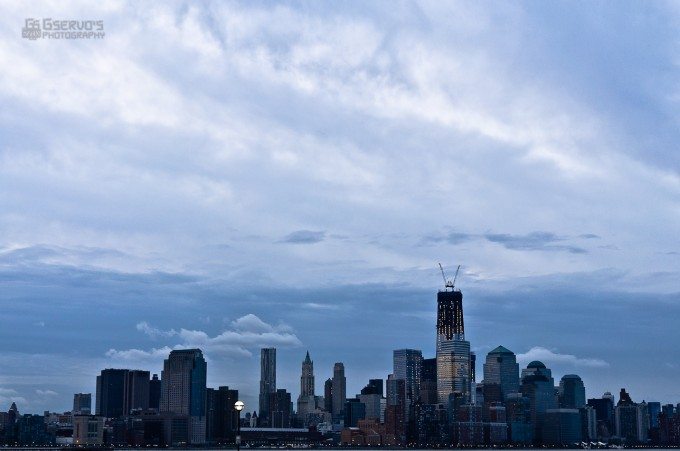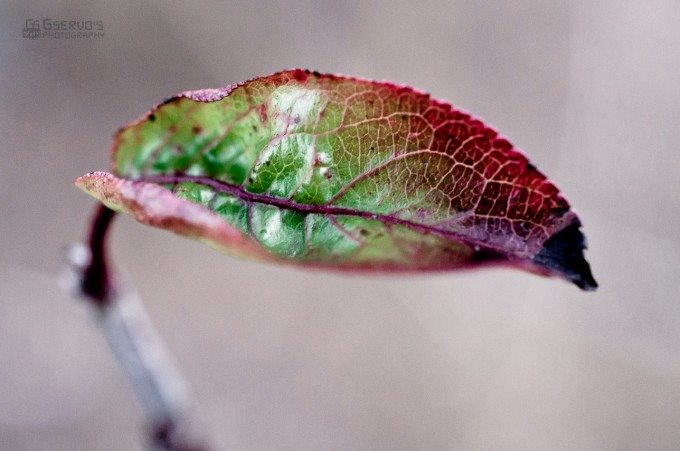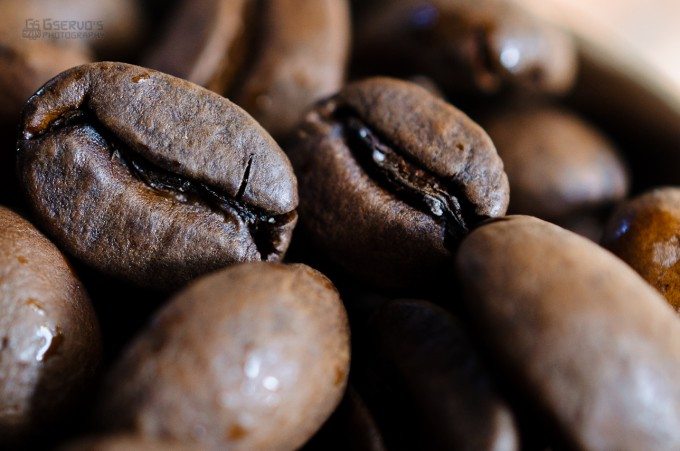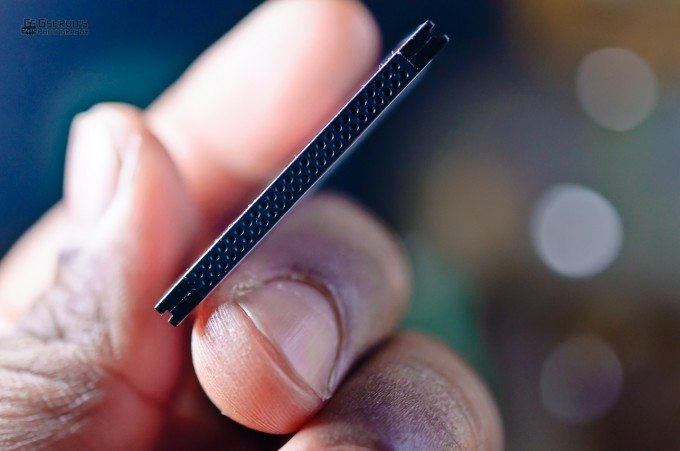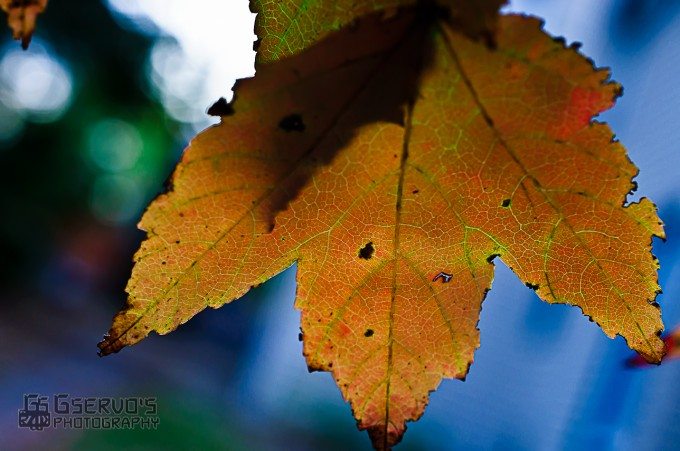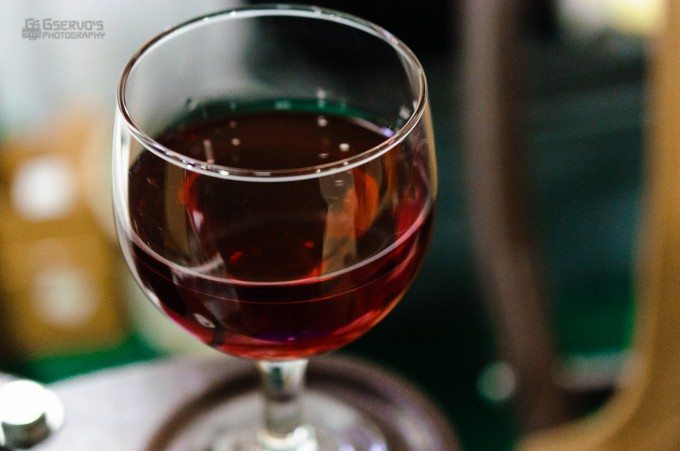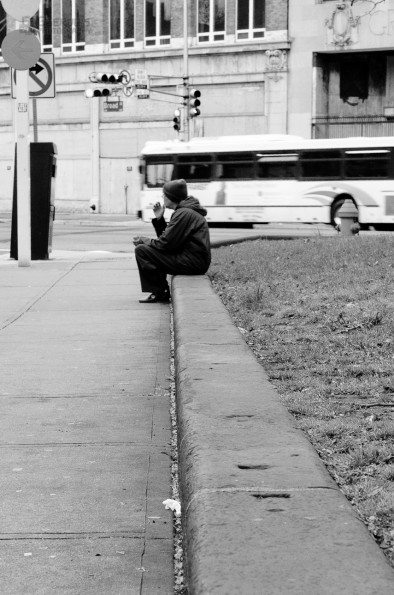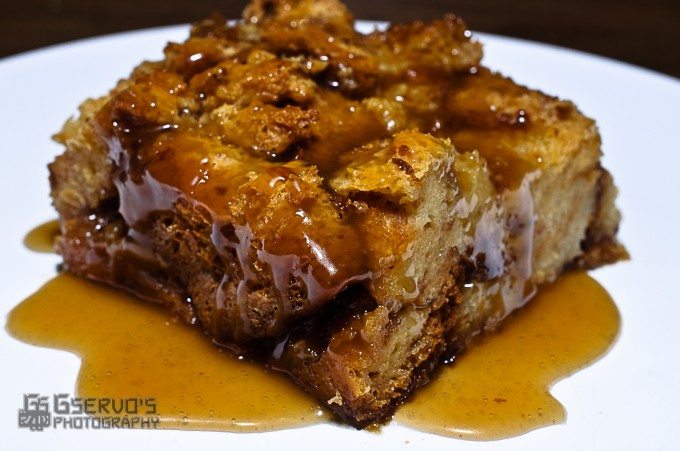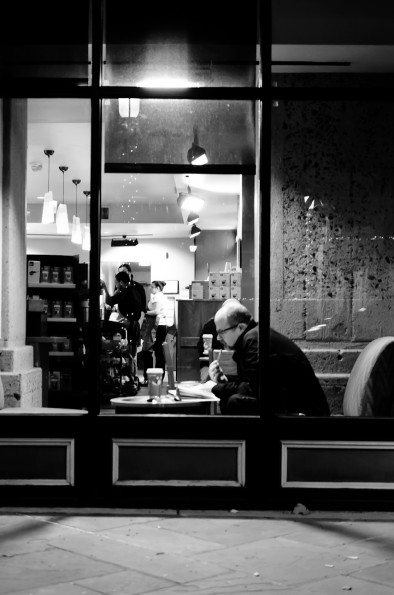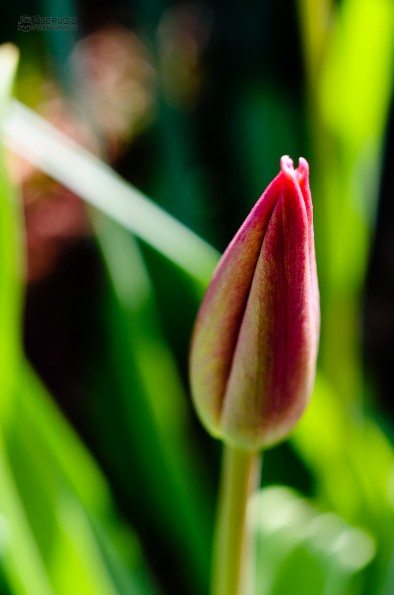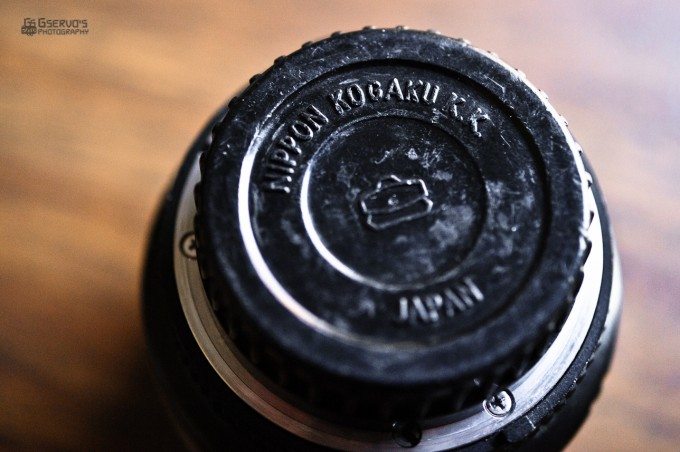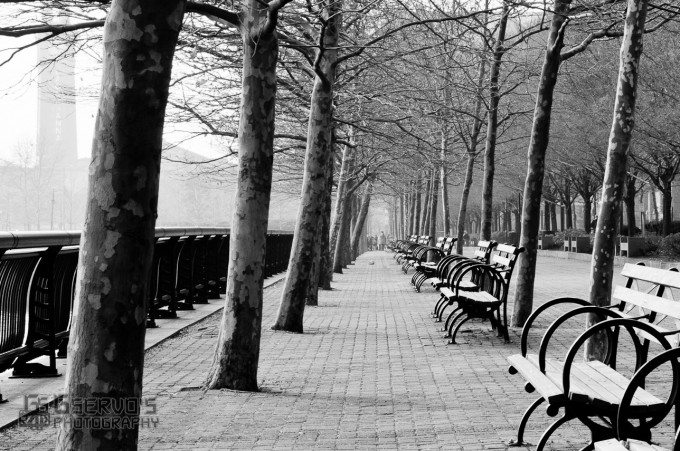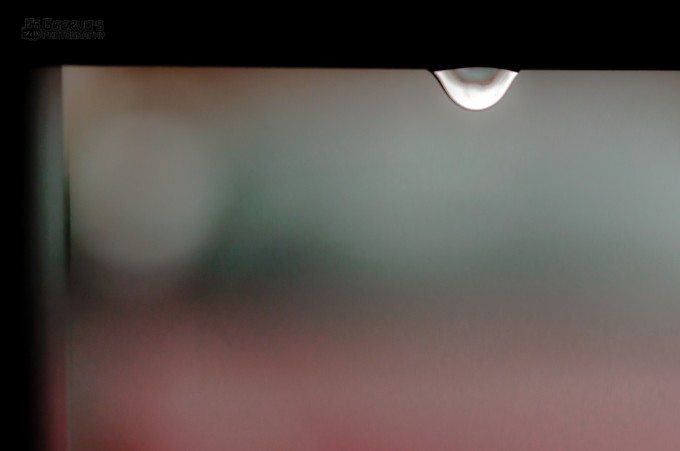Last Updated on 01/23/2013 by Julius Motal
This is not a test lens that was loaned to us. This lens, a standard DX-format normal lens, is something I purchased. The Nikon 40mm f2.8G AF-S DX Micro-Nikkor Lens was announced around the time I was working on the Sigma 70mm macro lens review. While it was a fine lens, it was not in my budget. After reading all the specs, looking at demos, and considering the price, this lens became an easy decision. I had no idea, however, that this lens would become one of my all-time favorites.
40mm f2.8 G: It Has That Thing, That X FACTOR
Small enough to be carried anywhere, the Nikon 40mm f2.8 is a pleasant lens to tote around. With a standard focal length in the DX-format, it provides high resolution and contrast from infinity to life-size (1:1 ratio). This lens is extremely versatile.
Yes, it does come close to the Nikon 35mm f1.8 G, but it’s a totally different creature in terms of function. I still use both lenses actively, but the 40mm has become my favorite. Yes I can get close with the 35mm, but not like I can with the 40mm.
Gear Used
Specs
|
Focal Length |
40 mm |
|
Aperture |
Maximum: f/2.8 |
|
Camera Mount Type |
Nikon F |
|
Format Compatibility |
Nikon DX |
|
Angle of View |
38.5° |
|
Minimum Focus Distance |
6.4″ (16.26 cm) |
|
Maximum Reproduction Ratio |
1:1 |
|
Groups/Elements |
7/9 |
|
Diaphragm Blades |
7 |
|
Features |
|
|
Image Stabilization |
No |
|
Autofocus |
Yes |
|
Tripod Collar |
No |
|
Physical |
|
|
Filter Thread |
Front: 52 mm |
|
Dimensions (DxL) |
Approx. 2.7 x 2.5″ (6.86 x 6.35 cm) |
|
Weight |
9.9 oz (281 g) |
Ergonomics
It’s a nice looking lens. You look at it, hold it, take it everywhere and you get a sense they did not rush this lens and that there was a lot of careful thought put into it. The lens is not much bigger that the 35mm f1.8 G, which makes it smaller than most Nikon macro lenses. All the switches are well placed and accessible while your eye is in the viewfinder. If you want to start to use manual focus, all use have to do is grab the focus ring due to the lens having a manual focus override ability.
To switch from full focus to limit and manual focus to auto focus is very easy. The manual focus ring is a great size and moves very smoothly. The hood on the lens completely protects the lens as it focusing element pokes out the front.
Focusing
With the limiter on, focusing is fast for styles of photography such as portrait, street , and landscape. When shooting macro the autofocus slows down a bit, however, because you are working with more range. With the Nikon 40mm f2.8 you can also get selective with the focus and composure. By simply changing the focus point in a macro image you can get a completely change the image. Auto-focusing with this lens is very accurate. Manual focus is very nice with this lens also, especially with the M/A mode; I’ve used this on occasion when I wanted a certain look to my shot IE having the focus a little soft.
Portraits
The Nikon 40mm f2.8G, being a normal lens in terms of focal length, is great for portraits. With its limiter function turned on, the lens works great. It adds to the versatility of the lens. If all you have is this lens, and you have to take a portrait, it will work splendidly. You have to be as close as if you were shooting with a Nikon 35mm f1.8 G.
Landscape Photography
When Nikon announced this lens, one of the things they said was that this lens was great for landscape photography. They were right. While the lens is not a wide angle, with its 38.5 degree angle of view, you get a nice amount of information for a decent image. It’s all up to how you decide to compose things.
Shooting Macro
With the Nikon 40mm you get to shoot what I call an intimate macro. Because of the angle of view you can get really close to your subject. With the 1:1 magnification the lens’s performance is great and there is no distortion. When shooting, you do have to get close and really consider your light. Choosing the correct light with this lens is key. The macro setting works great throughout all of the F/stops.
Tip: you’ll need to stop down quite a bit to even get anything in focus.
Image Quality and Sharpness
The images you can create with the Nikon 40mm are excellent. This lens has an angle of view similar to a 60mm on a full frame camera. With the Nikon 40mm lens the lines appear straight with no distortion. The colors are crisp, with a nice level of contrast and no distortion. This lens is extremely sharp wide open and retains its sharpness throughout the entire f-stop range.
High ISO Shoot With This Lens
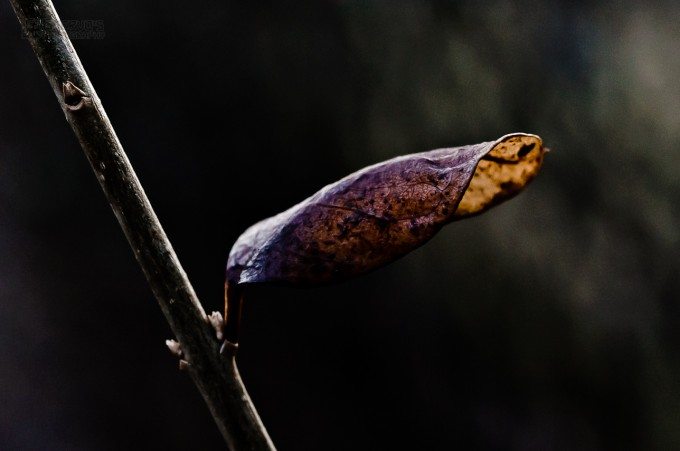
When shooting macro at high ISO around 800-1250 on my Nikon D90 I get a lot of detail. The noise tends to be pleasant and I didn’t remove it. It adds character to the image. This helps when you don’t have enough light to work with. You can really crank the ISO up and get some great shots if enough lighting is not available.
Bokeh
I love bokeh. And the bokeh with this lens is nice and smooth. The Nikon 40mm renders pleasant out of focus areas as well as great bokeh balls.
Nuances/Special Consideration
The lens is not perfect, there are some issues. They are not problems however. You can get really close with this lens. When shooting, the pop up flash is of no use. You get a shadow from the camera. This lens is more suited to off camera lighting or natural lighting from behind the subject. A really good lens filter is recommended. You can get so close with this lens, the front lens barrel which moves in and out as you focus. You can hit something if you’re not careful.
Event Photography
The Nikon 40mm 2.8 g at an event or convention is an interesting thing. Depending how much room you have, you might have the opportunity to add a new dimension to your event photography. Along with taking the standard shots, you can get up close and personal with things. With the limiter on, the focus is fast enough to let you get your shots without fear of missing the shot due to a slower focusing being an issue.
Photo Walking
Photo waking with this lens is great. It’s similar to shooting with the Nikon 35mm, just not as wide. You have the added option of grabbing a few macro frames. The Nikon 40mm adds a whole other dimension to photo walking. I like being able to stop and shoot a quick macro of something I see and not be in the way of others while I am doing so.
Food Photography
The Nikon 40mm brings detail out in food. While you do not want to get too close you can totally change how you shoot food. Because you have to get close with this lens, you can actually be less conspicuous in places like a restaurant, particularly if you have good lighting.
Video
Shooting video with this lens is pretty interesting. You can do the normal video bit easily enough, but what makes this lens interesting is shooting close up with this lens. The 40mm f2.8G allows for unique scenes to be captured. The lens had a big enough focus ring to do a little follow focus, but you can also do macro video which is a nice option.
Recommendations
With this lens I do recommend taking your flash off camera, using a LED light source or a macro flash kit. If you can’t get enough light natural light for your image. A really good UV filter would be helpful just in case you get to close and you basically hit something while focusing. This is not going to be your primary macro lens, but it is a nice lens to walk around with. I keep a UV filter on this lens at all times.
On the Nikon D700
When I got the Nikon D700 FX camera I tested the Nikon 40mm f2.8 Macro DX on it, and I got great results. While there was vignetting, it was artsy . The D700 could be set to be used in crop mode, but it gives better results in FX . Because this lens was designed for a DX camera you would not expect it to work well, but it does.
On the Nikon 1
If you are a Nikon 1 user, the 40mm may be of interest to you. The factor between DX (Nikon D5100 or D7000) and CX (Nikon V1 & J1) is about 1.8x. The 40mm on a Nikon 1 camera is effectively ~72mm along with a bit more magnification. I have not been able to test this out but it is something to consider with this lens.
VS
The first lens I put this against was the Nikon 35mm f1.8G. While these lenses are close in range, there is a world of difference in how they work. They both can be used in similar situations, however the 35mm fairs better in an event photography situation. The 40mm, though slower, gives more detail on close up situations. Since I have owned the 40mm I find that I have used it much more than the 35mm mainly because I always see something I want to shoot Macro. The other DX lens Nikon makes for Macro photography is the AF-S DX Micro NIKKOR 85mm f/3.5G ED VR Lens which is twice the price. It also does not allow you to get as close to your subject. If you shoot with a lens like the Sigma 70mm Macro, built for FX cameras, you are actually shooting 105mm. So you’re standing even further away from your subject .
Who is the Lens For?
At its price, I would say any Nikon photographer that wants to shoot macro and use a small lens doing it. If you have a Nikon 35mm you have to ask yourself how much macro are you going to shoot. This lens is not for everyone. If you have issues with external or natural lighting, you may not do well with this lens.
In the End
This lens is best if you put in the effort with it. You really do get the rewards. This lens has character. It’s not the fastest lens, but it is pretty marvelous. It’s a big world and this lens helps capture the little details. It’s great for everyday use. The Nikon 40mm can go from a huge landscape to the a smallest flower and not miss a detail.
Please Support The Phoblographer
We love to bring you guys the latest and greatest news and gear related stuff. However, we can’t keep doing that unless we have your continued support. If you would like to purchase any of the items mentioned, please do so by clicking our links first and then purchasing the items as we then get a small portion of the sale to help run the website.


